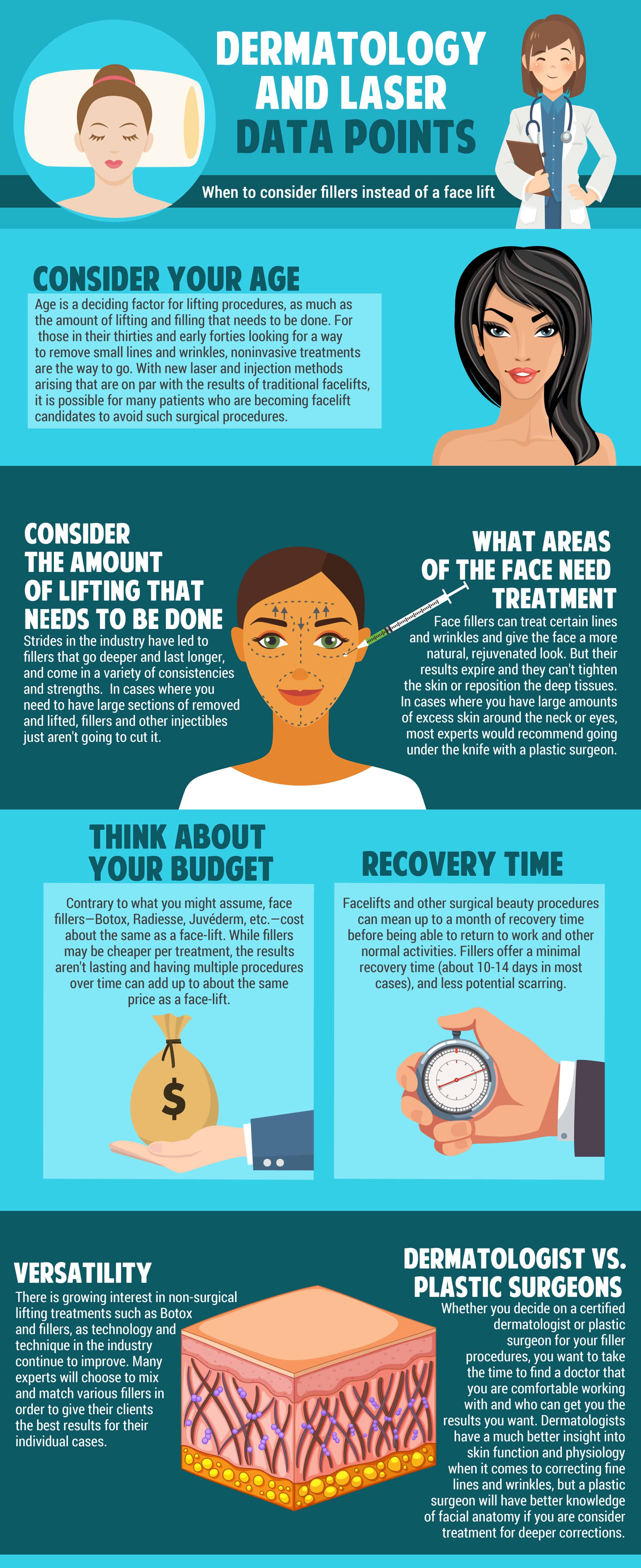What Is SMILE Eye Surgical Procedure? Steps, Advantages, Risks, And Healing Details

Web Content Author-Durham Byrd
If you're thinking about vision modification choices, SMILE eye surgical procedure might be on your radar. This innovative procedure includes producing a tiny lenticule in the cornea to resolve nearsightedness and astigmatism. Unlike standard LASIK, it's much less invasive and assures quicker recuperation. Nonetheless, while there are substantial benefits, there are also threats entailed. Recognizing both elements can assist you make an enlightened decision regarding your eye wellness. What's the recovery process like, and what should you expect?
Understanding the SMILE Procedure
The SMILE procedure, or Small Laceration Lenticule Removal, is a minimally intrusive eye surgical procedure developed to deal with vision issues like nearsightedness and astigmatism.
Throughout this procedure, a laser creates a little lenticule, or lens-shaped cells, within the cornea. You will not need any type of stitches, as the tiny cut allows for a quick healing.
The cosmetic surgeon after that eliminates the lenticule with this little cut, reshaping your cornea to improve your vision. Unlike conventional LASIK, SMILE doesn't require the creation of a large flap, which can lead to fewer complications.
You'll discover that this strategy is much less disruptive to the corneal framework, possibly boosting stability. Recognizing the treatment helps you feel extra certain as you consider your alternatives for vision improvement.
Conveniences of SMILE Eye Surgery
While thinking about vision modification choices, you might locate that SMILE eye surgical procedure provides a number of engaging benefits.
First, it's minimally intrusive, calling for just a tiny cut, which implies less disruption to your eye structure. This brings about quicker recovery times and less pain compared to conventional LASIK.
You'll additionally value its precision; SMILE utilizes sophisticated laser technology to reshape the cornea, offering exceptional outcomes for nearsightedness and astigmatism.
Additionally, many patients report improved aesthetic top quality, with fewer instances of glow or halos. Considering that there's Brusco Vision Comparison Explained for a corneal flap, your eyes stay much more secure post-surgery.
Last but not least, the treatment normally takes just a couple of mins, allowing you to return to your daily activities faster than with various other methods.
Prospective Threats and Recuperation Process
Although SMILE eye surgical procedure is typically risk-free, it's important to be aware of possible risks that can emerge throughout or after the procedure. Some individuals may experience short-term negative effects like completely dry eyes, glow, or halos around lights.
In https://www.healio.com/news/ophthalmology/20210111/corneal-tissue-addition-for-keratoconus-may-improve-visual-acuity-topography , issues such as infection, vision loss, or the need for added surgical procedure can take place.
Recovery generally includes a couple of days off and staying clear of laborious activities. You ought to follow your surgeon's post-operative guidelines very carefully, including utilizing recommended eye drops and attending follow-up consultations.
Many people notice boosted vision within a couple of days, however complete recuperation can take weeks. Staying patient and offering your eyes time to recover is necessary for the best result.
Final thought
In conclusion, SMILE eye surgical procedure uses a contemporary, minimally invasive choice for correcting nearsightedness and astigmatism. With its quicker recuperation time and lowered pain, it's an enticing choice for many. However, it's essential to evaluate the potential risks against the advantages. By remaining informed and adhering to post-operative care, you can optimize your chances of an effective result. If you're considering this procedure, speak with your eye treatment professional to establish if it's right for you.

